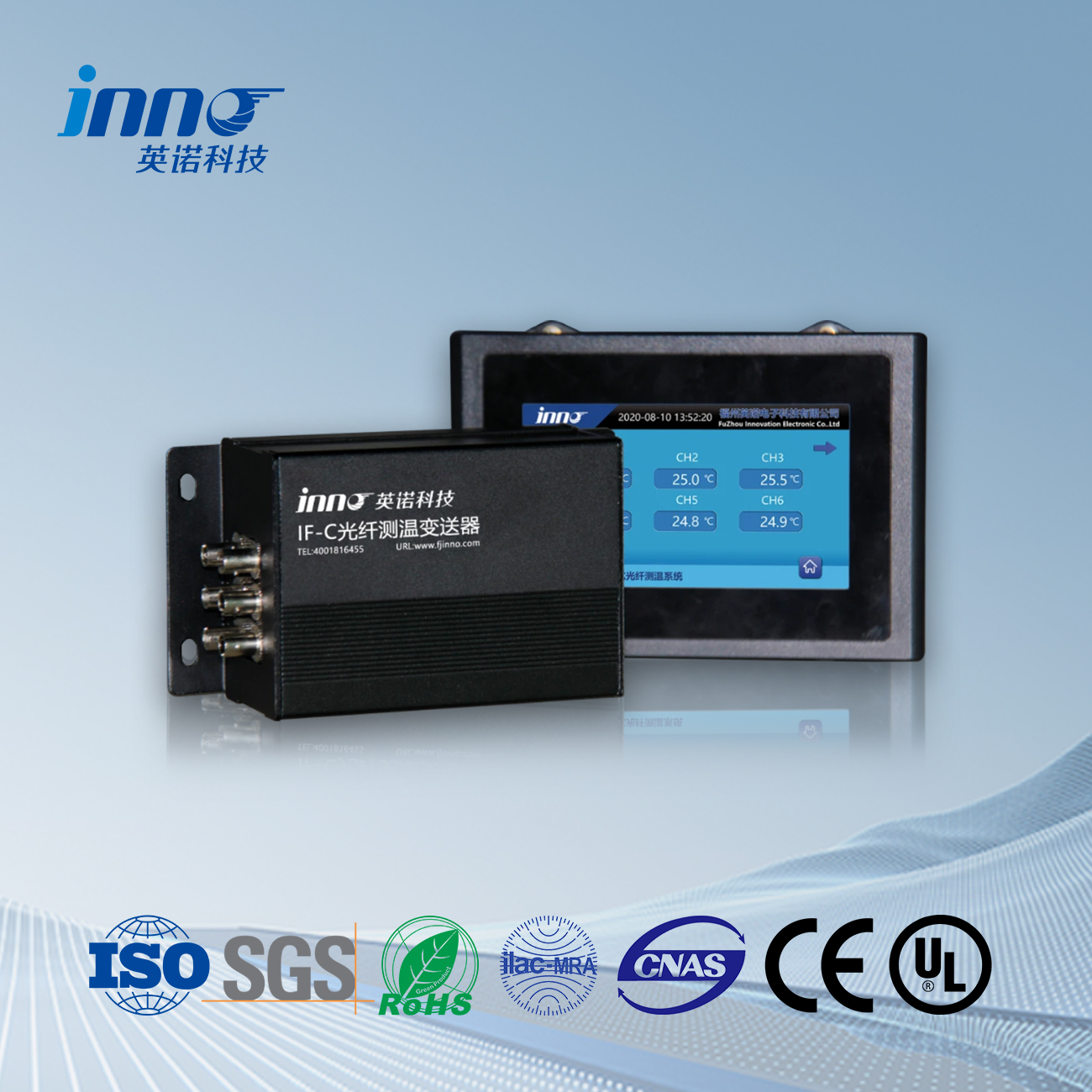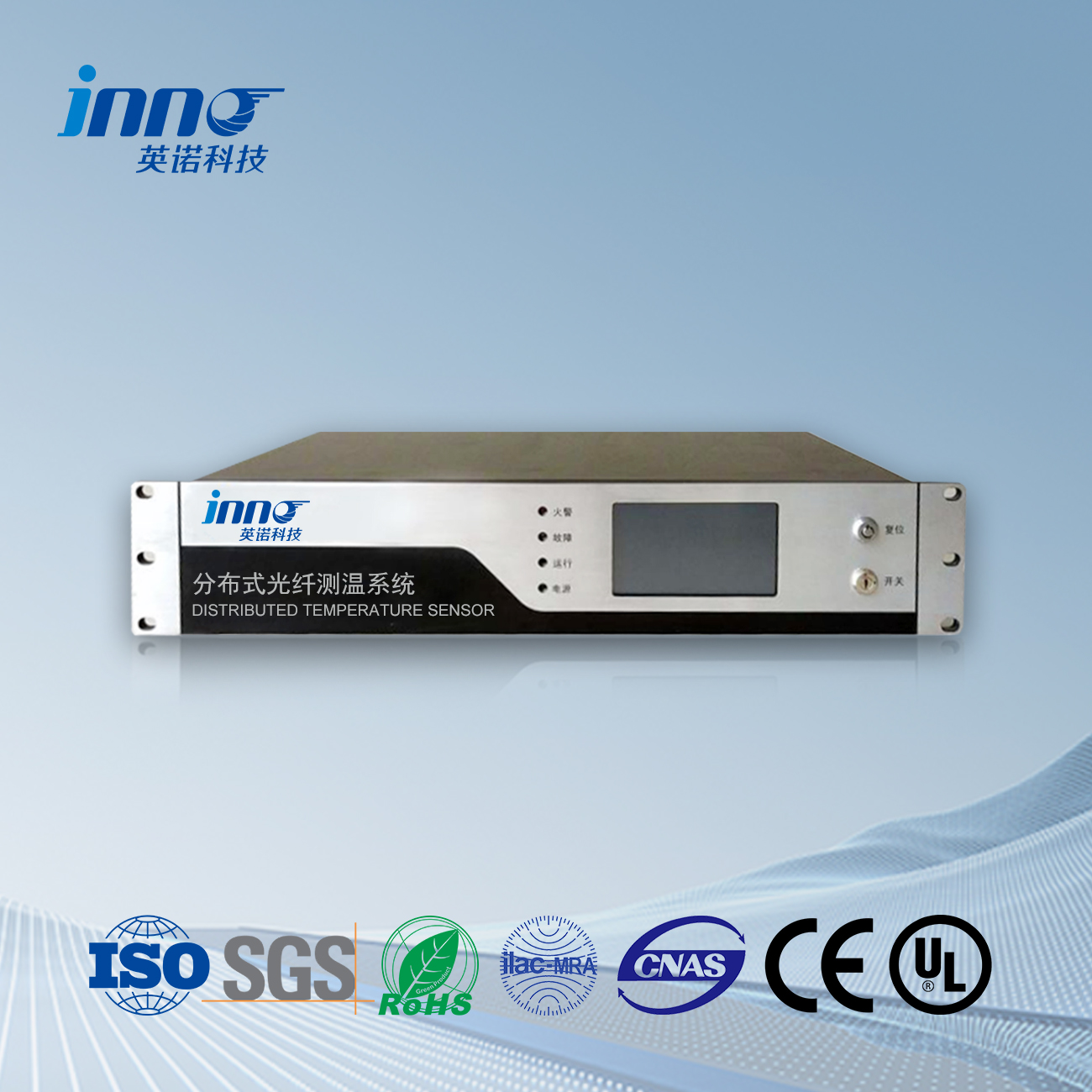The distributed fiber optic all-weather excavation monitoring technology based on DAS has engineering advantages such as high sensitivity (about 10n ε), long monitoring distance (up to tens of kilometers), high positioning accuracy (in meters), no need for outdoor power supply, convenient deployment, and strong concealment. By utilizing the backward Rayleigh scattering of light pulses in optical fibers, real-time continuous monitoring of disturbance information on fiber optic links can be achieved. External disturbance signals such as excavation and blasting cause fiber optic deformation by generating soil vibrations, which are then detected by DAS systems. This technology uses distributed quantitative signal demodulation and pattern recognition technology to monitor disturbances along optical fibers online, combined with spatial positioning methods based on array signal processing for disturbance source stereo positioning, ultimately achieving distributed all-weather stereo monitoring.
Avèk devlopman kontinyèl nan sans teknoloji, demann moun pou teknoloji detèktè a ap ogmante jou pa jou. It is rare to find vibration sensors that simultaneously meet the conditions of high sensitivity, pri ki ba, pwosesis preparasyon senp, and good stability. Nan pwosesis la nan sans ak deteksyon, sansiblite ak estabilite yo se faktè prensipal enfliyan teknik yo, while preparation process and cost are important influencing factors in industrial production. Vibration sensors that combine these advantages are receiving increasing attention and favor.
Fiber optic vibration sensing technology is a type of technology that changes the characteristics of the transmitted light in optical fibers when the fiber optic sensor is affected by external interference. By using special sensing equipment to collect and analyze signals, changes in the characteristics of light can be detected, thereby detecting the vibration of objects.
Functional characteristics of distributed fiber optic vibration monitoring system
1. Visual alarm display: Provides a visual display interface that maps the position of the fiber optic cable to the image through a graphical configuration module. Once an intrusion accident occurs at a certain point, the alarm information is directly displayed on the image, which is visually intuitive.
2. Vibration curve display: The system can display the vibration signal distribution curve of the entire optical cable in real time. When the vibration signal strain is abnormal in a certain area, the real-time information of that area can be displayed through the curve.
3. Partition/graded event alarm: Provides multiple flexible alarm methods, and alarm parameters can be set in grades and regions.
4. Historical statistical analysis: Provides statistical analysis of historical vibration data, including: a The vibration distribution curve of different positions of the optical cable at a certain time b. The vibration change curve of a certain point of the optical cable during a certain period of time.
5. Intelligent pattern recognition: The system can obtain information such as the time, Kote, and trend of vibration events. By analyzing the vibration waveform and extracting characteristic signals, combined with big data, machine learning, and neural network recognition algorithms, the type of vibration event can be determined, and intrusion events can be warned in advance to ensure operational safety.
Fib optik Tanperati optik Detèktè, Sistèm siveyans entelijan, Distribye fib manifakti optik nan peyi Lachin
 |
 |
 |
 Inno fib optik detèktè tanperati optik ,sistèm siveyans tanperati.
Inno fib optik detèktè tanperati optik ,sistèm siveyans tanperati.
